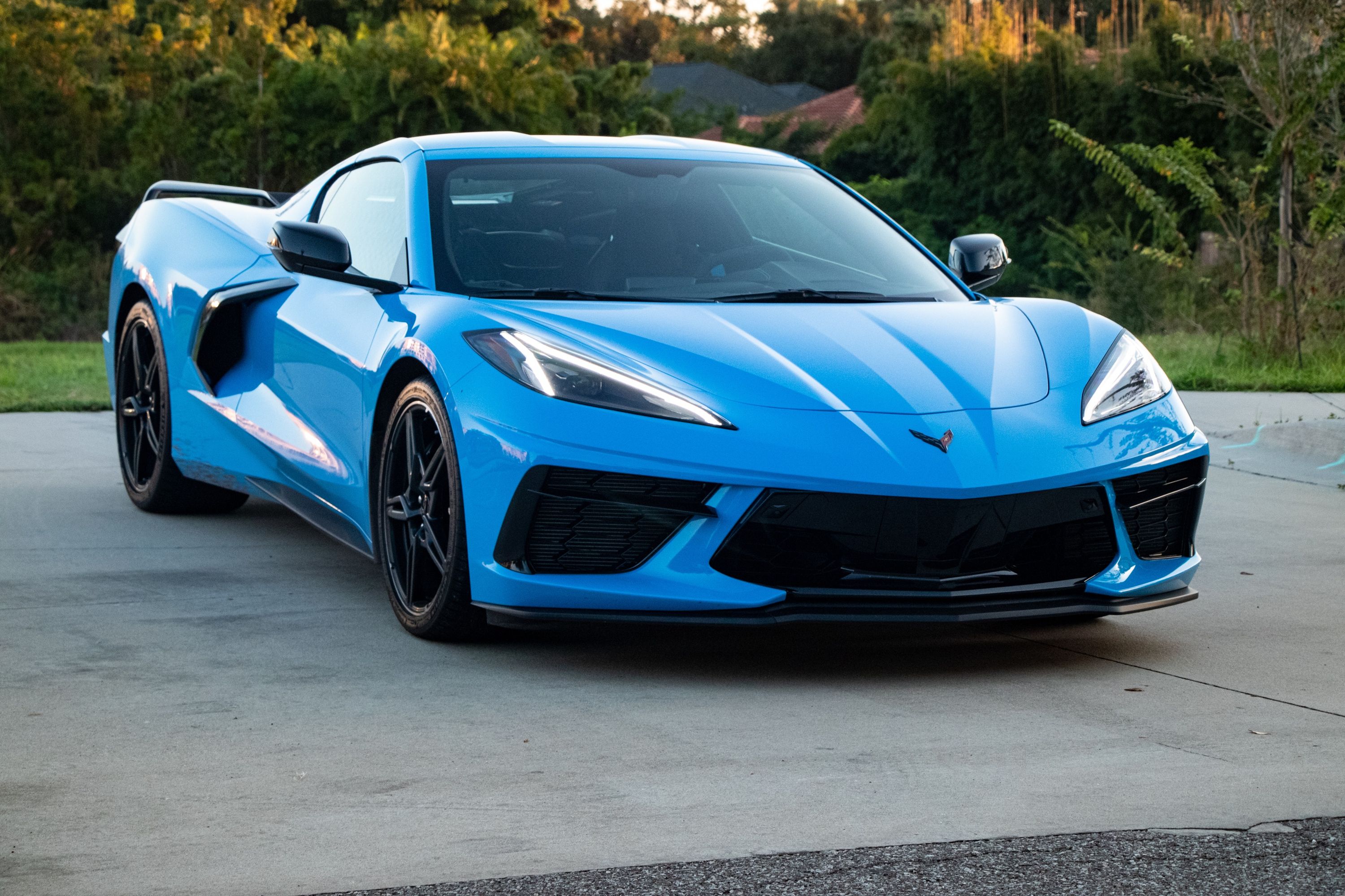
One of the best things about Jay Leno is that the diehard gearhead never misses the chance to share his prized possessions and rare finds with us. Recently, we got acquainted with his stunning 2002 Pontiac Firebird WS6 and he is one of the few lucky individuals to own a Porsche Carrera GT. But Leno's latest gem isn't one that he owns. This 1959 Old Yeller II is a homebuilt racer that took on much more esteemed rivals from the likes of Ferrari and Maserati. This car was built by the late Max Balchowsky, a former race car builder and driver that Leno actually met many years ago. Today, the Old Yeller II is owned by Dr. Ernie Nagamatsu who appears in the video below with Leno.
Balchowsky's focus was on engineering rather than aesthetics which explains why the Old Yeller II isn't the sleekest machine to look at. Named after a dog in a 1957 Disney movie, the Old Yeller is powered by a Buick "nailhead" 6.6-liter V8 engine chosen for its high torque output of around 360 lb-ft. It produces over 300 horsepower and was paired with a four-speed Muncie transmission, the same that was used in Chevy Corvettes from the same period. Jaguar XK120 parts were used for the suspension and, overall, the Old Yeller is a most unlikely hodgepodge of components or whatever else Balchowsky could find at the time. Upon driving it, Leno can barely be heard above the din of the V8.
He described the steering as light and says that the high torque output means that gear changes can be kept to a minimum. "That is one of the best cars I've ever driven," said Leno after his joyride. He was especially impressed by the light, easy steering. Weighing in at around 2,200 pounds, it's easy to see why the Yeller was such a success. The car made such a strong impression in its heyday that even Carroll Shelby raced it.
Nagamatsu hinted that it was this car that planted the seed of the Shelby Cobra which followed. Both cars followed the same formula of a powerful V8 with a light body so we can see how this makes sense. Balchowsky would be proud that his creation is still being appreciated decades later.
